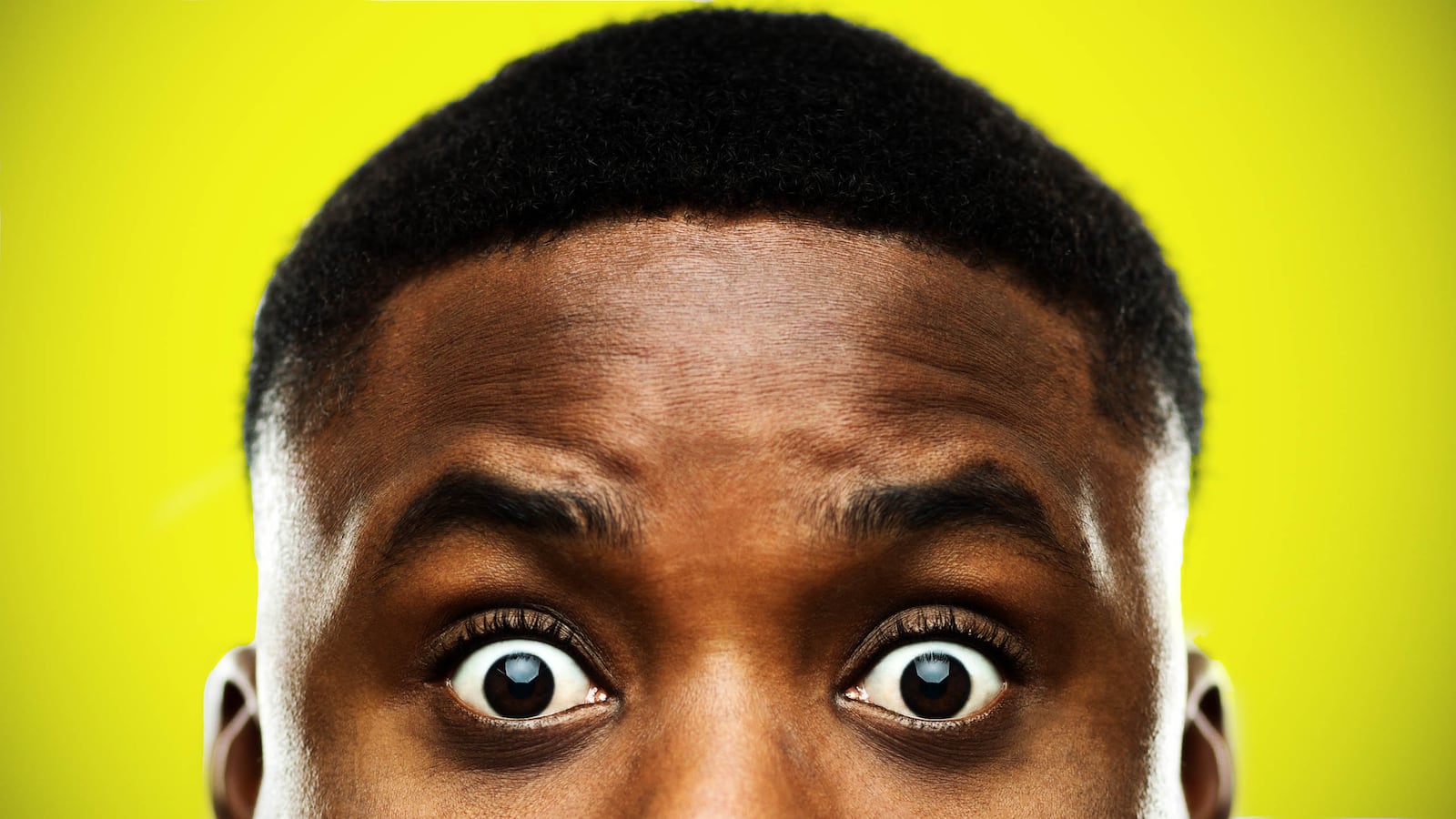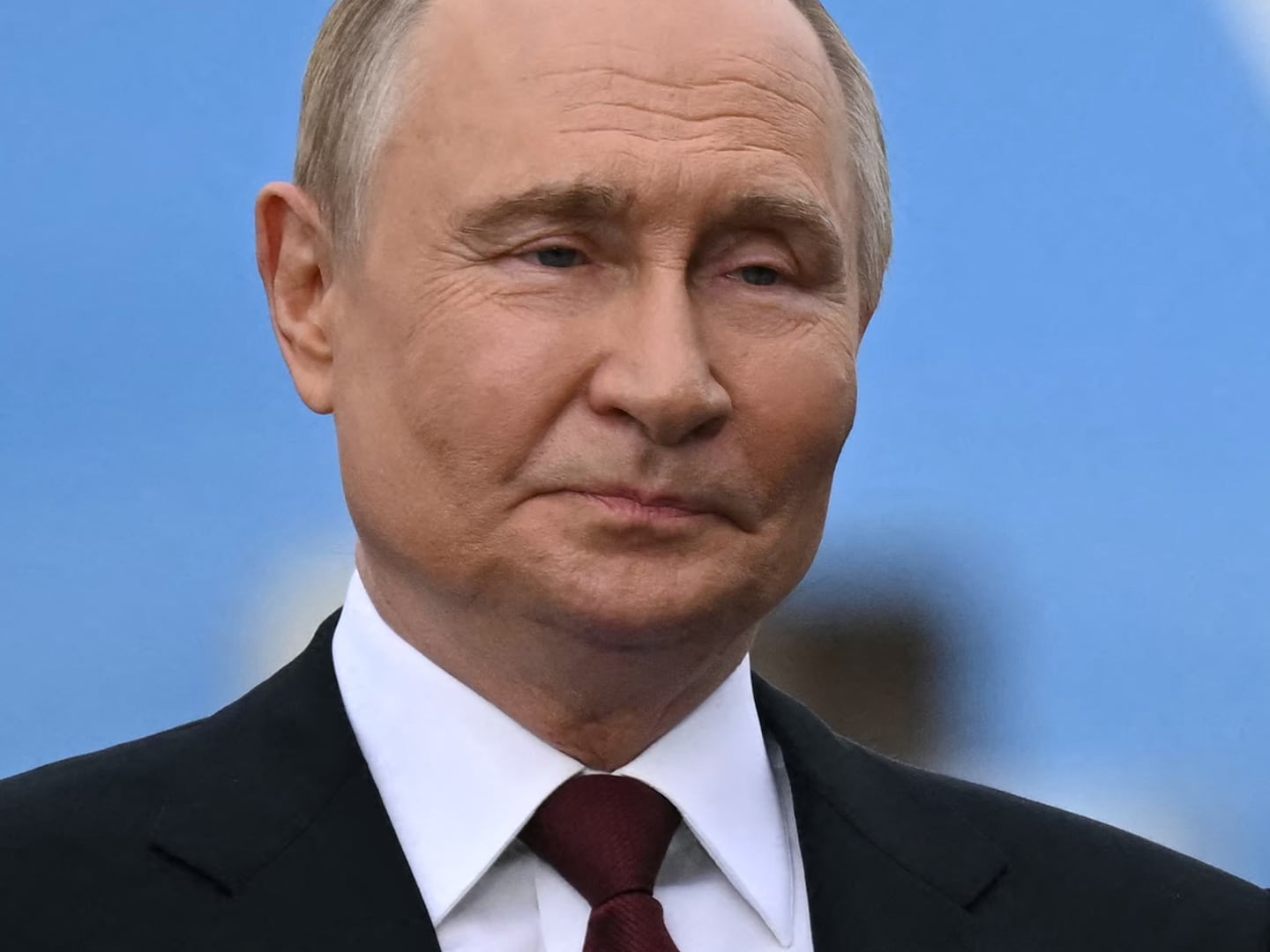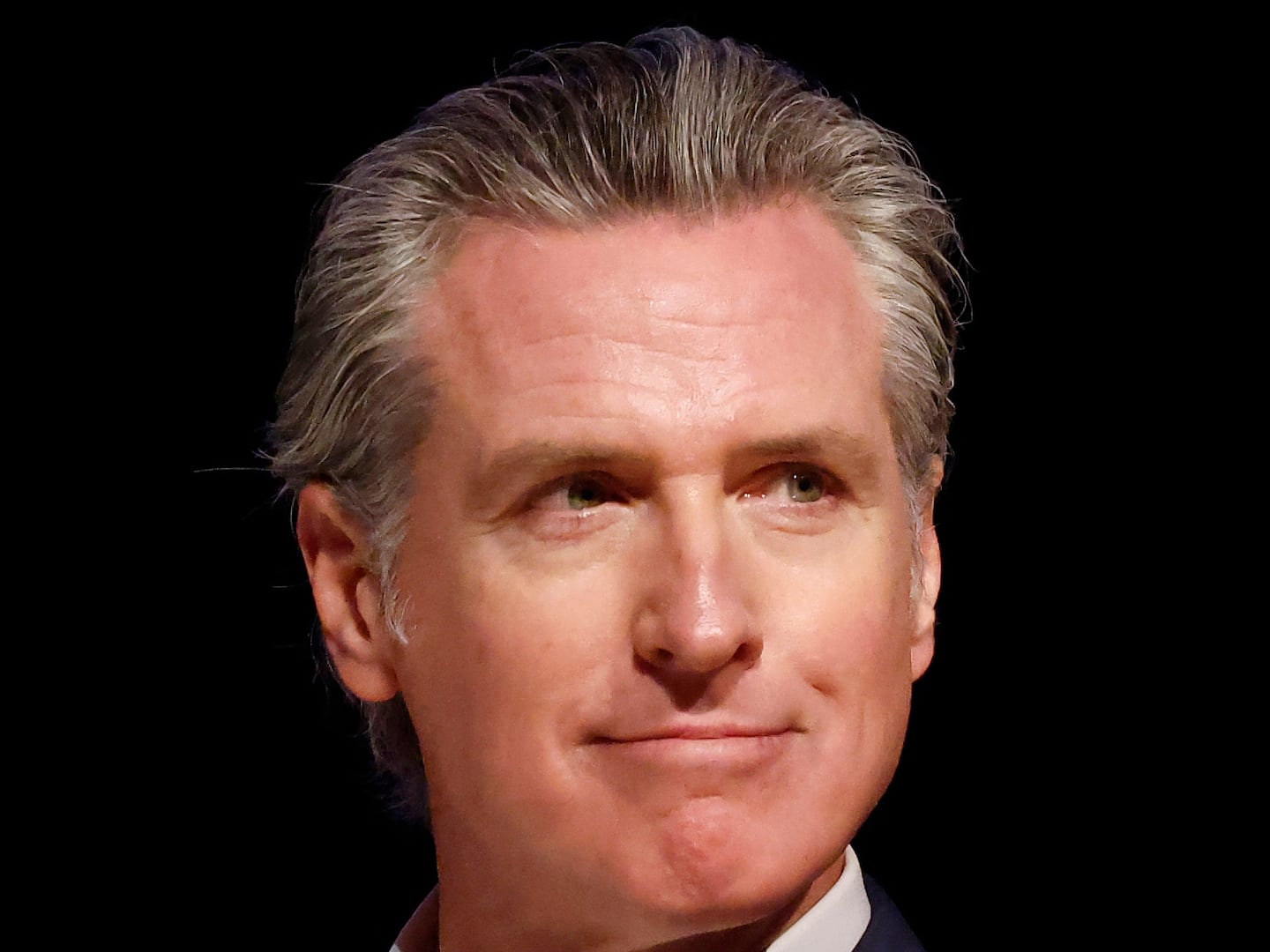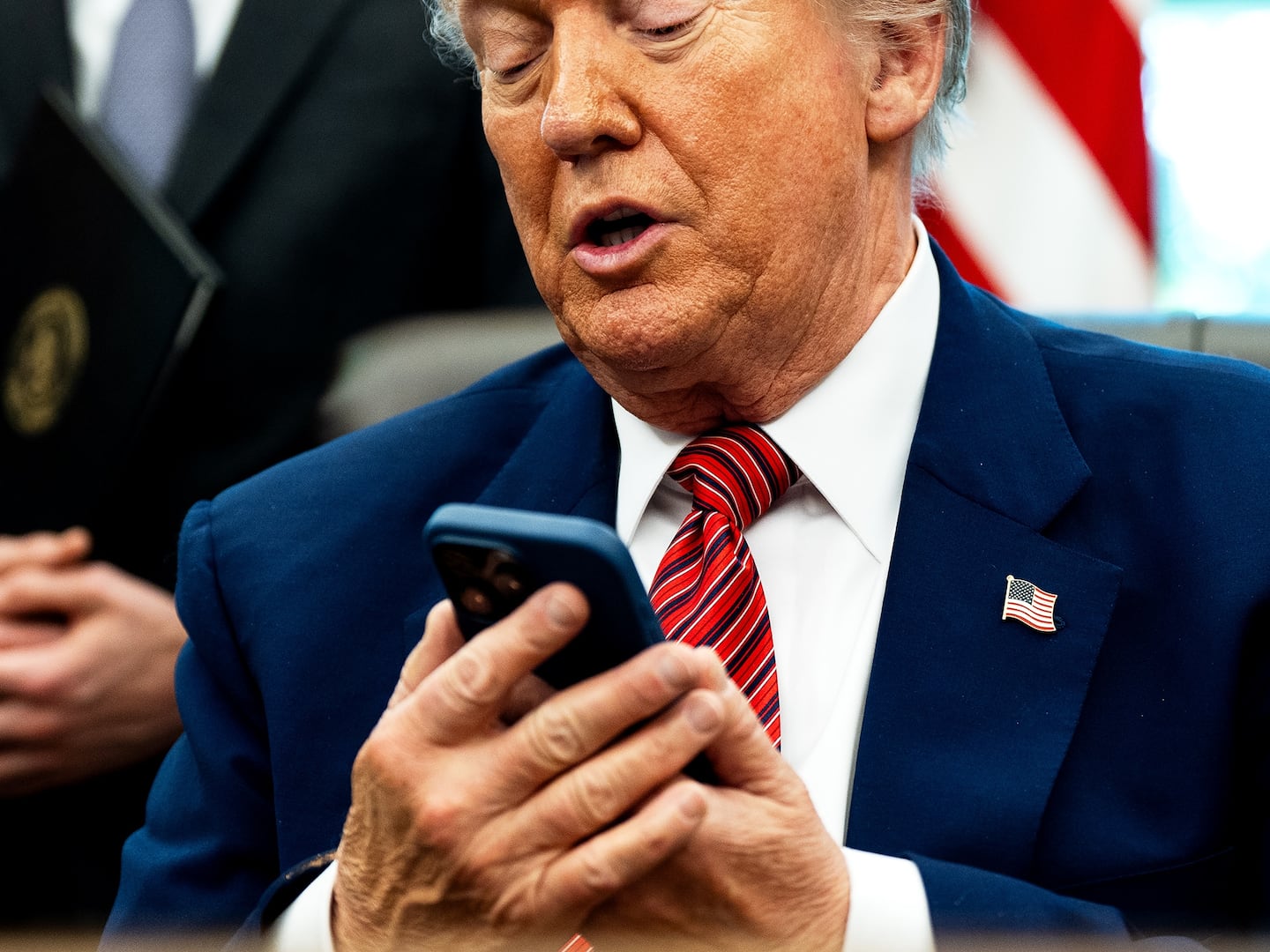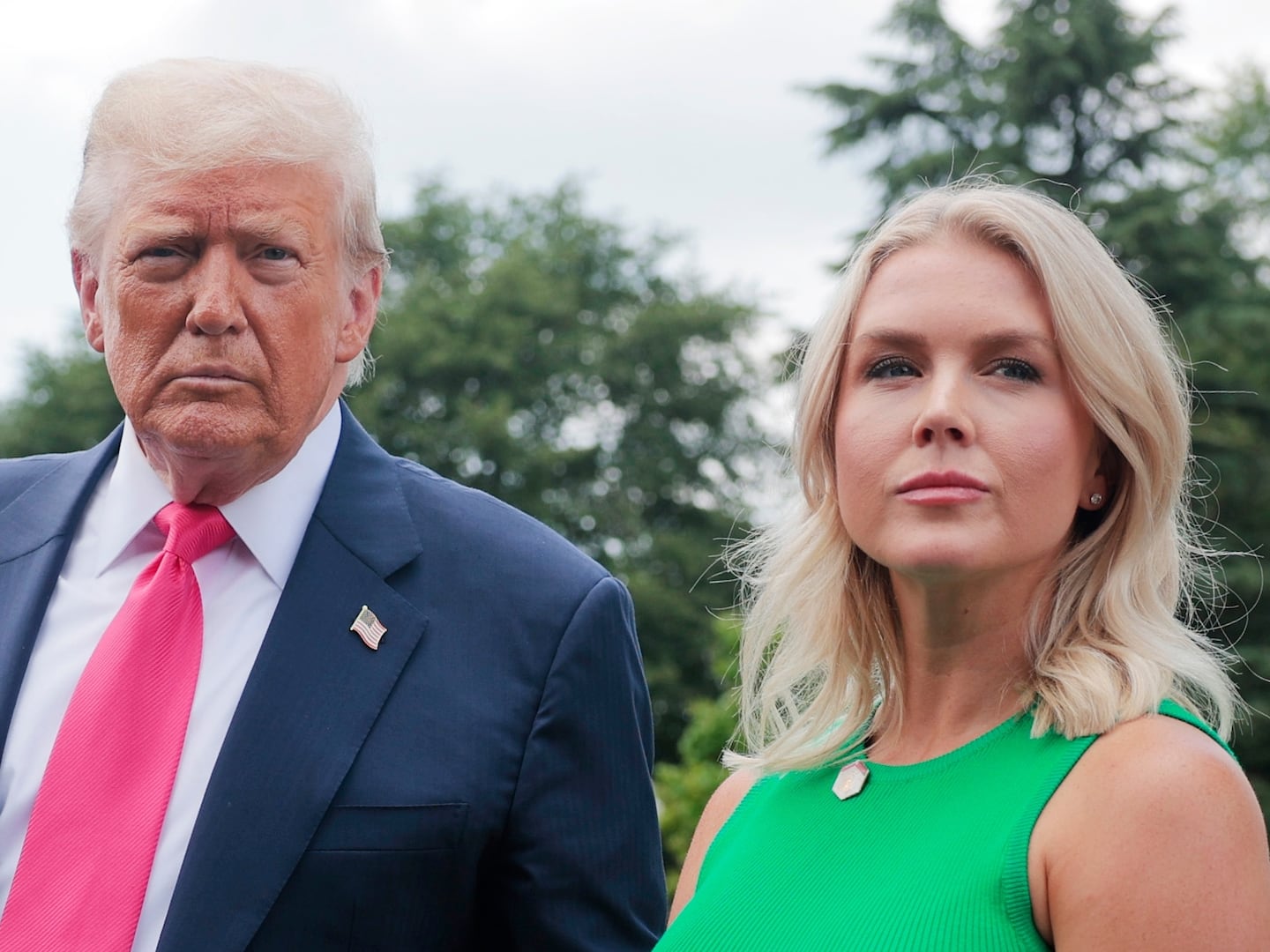I have developed a severe allergy to hyperactive eyebrows in fiction. They have become writers’ go-to lazy shorthand for pretty much any emotion. In novels, eyebrows do all kinds of things. Most commonly they “rise.” Sometimes a single eyebrow rises all by itself, but often both eyebrows rise in unison. Slightly more creative writers make the eyebrows “knit” or “furrow” or “hike” or “tighten” or “pinch” or “wiggle”—or any other verb that might describe a mobile eyebrow (or two).
I like to read fantasy and science fiction novels. Unfortunately, it’s hard to find quality writing in these genres. But this might be short-sightedness on my part. As the American science fiction writer and critic Theodore Sturgeon pointed out, “Ninety percent of everything is crap.” The statement is so indisputable that it has come to be known as Sturgeon’s Law. Regardless of the actual universal crap ratio, I’m reading too many crappy books with too many moving eyebrows.
For instance, the last book I tried to read was The Black Witch by Laurie Forest. It got stellar reviews, and yet eyebrows get a workout in the very first chapter, including: “My eyebrows flew up at this.” “Rafe raises his eyebrows.” “Tristan cocks an eyebrow in surprise.” “Rafe turns to me, raises his eyebrows and grins.”
With an e-reader, one can X-ray a book. I typed in the word “eyebrow” and counted the use of eyebrows 40 times in that 608-page book, which averages out to one eyebrow movement every 15.2 pages.
Next I read The City of Brass by S. A. Chakraborty, a novel that also came highly recommended. This 544-pager contained 18 “raised” eyebrows, plus six “lifted” eyebrows, plus five “arched” eyebrows. That’s an average of one eyebrow movement every 18.75 pages, a slight improvement over The Black Witch but still enough to make me wonder if these characters aren’t suffering from some kind of Tourette’s syndrome of the eyebrow. And it was enough to make me want to throw the book at the wall, which would have been unwise because I read on an iPad. Why can’t these writers find something else to harp on? How about, just for a little variety, some grinding teeth? Or maybe some eyes that widen in astonishment or narrow skeptically—without any eyebrow movement?
Maybe I’m being a little unfair because eyebrows are on the move even in decorated novels I enjoyed. For instance, the Booker Prize-winning novel The Luminaries by Eleanor Catton features 22 eyebrow calisthenics, 17 of which are a single “raised” eyebrow. As the Writers Helping Writers website points out, the lone “raised” eyebrow is the number one cliché all writers should avoid.
These hyperkinetic literary eyebrows were starting to raise my own metaphorical eyebrows up to my hairline. I used the X-ray function in my e-reader on some of my favorite writers. Here are a few of the results:
- David Mitchell’s The Bone Clocks: zero, not even one moving eyebrow in 641 pages
- David Mitchell’s Cloud Atlas: one raised eyebrow in 530 pages
- N.K. Jemisin’s The Stone Sky (from the Broken Earth Trilogy): one raised eyebrow in 464 pages
- Neal Stephenson’s The Rise and Fall of D.O.D.O.: three raised eyebrows in 768 pages
The result is so clear that it has led me to formulate my own law: “The crappier the writing, the more raised eyebrows it contains.” If all writers would use the eyebrow as sparingly as my favorite writers do, this affliction never would have caught my attention.
I have also come across some eyebrows I didn’t understand. In Gone Girl, Gillian Flynn writes that “with a wry eyebrow, he even produces the chili-cheese Fritos…” I know what chili-cheese Fritos look like, but I cannot picture what a wry eyebrow might look like. I can imagine a wry facial expression or a wry comment, but not a wry eyebrow. Stand in front of a mirror and try to make a wry eyebrow.
Michael Chabon gets positively erudite about moving eyebrows in his Pulitzer Prize-winning novel The Amazing Adventures of Kavalier & Clay. After 10 “raised,” four “arched,” two “lifted,” two “knit,” two “shot up,” and two “wiggled” eyebrows, he writes of a “slow agglomeration” of a character’s eyebrows. Literature is not always an easy read. First, one has to look up the word in the dictionary, and then one needs to think for several minutes what agglomerated eyebrows might look like. It’s probably supposed to mean that two eyebrows ever so slowly form a unibrow, an acrobatic facial movement that strikes me as humanly impossible. Also, don’t you need more than two eyebrows for an agglomeration?
To be fair, I should mention that I did find one amusing use of the eyebrow: “I could almost hear the lifted eyebrow.” Now that’s pretty good, and it’s not from a literary genius. It’s from the bestselling author Tad Williams in The Dirty Streets of Heaven.
Empirical evidence was needed to prove that raised eyebrows are not only lazy, clichéd writing, but that they almost never occur in real life. I started to study my friends’ and co-workers’ eyebrows. The result: In real life, nobody raises an eyebrow, and it’s not because of Botox. People move their faces in all sorts of ways, which might or might not affect their eyebrows. They might scrunch up their forehead in concentration; they might open their eyes wide in astonishment, thus moving their eyebrows, but only ever so slightly. In several weeks of close scrutiny, I never observed a single raised eyebrow.
The next step in my evidence gathering was to watch people’s faces in movies. Same story: no raised eyebrows, zip and zero. Of course, there is that exception who proves the rule, the infamous eyebrow-raiser Roger Moore. Mercifully, the cartoonish Roger Moore school of acting has survived only where it belongs, in animated movies.
There is also the Colbert emoji with one raised eyebrow, named after the TV comedian Stephen Colbert. Since Colbert got his very own one-raised-eyebrow emoji, one would expect that he raises an eyebrow quite often. He does not. I have watched many Colbert shows while paying special attention to his eyebrows, and while he does have expressive facial movements, he never raised an eyebrow in any show I watched.
The raised eyebrow is nothing more than a metaphor to describe surprise, disapproval, or superiority. For instance, CNN writes, “There were some real eyebrow raisers when President Trump talked to the press corps while visiting Vietnam.” One could write such a sentence about our president every day, but that doesn’t mean that any real-life eyebrows in the press corps actually moved.
It’s hard to say precisely when the literary eyebrow movement went pandemic, but it appears to be a recent plague. Henry James used one lifted and two raised eyebrows in his 1881 novel, The Portrait of a Lady. They are rare or completely absent in other classics as well. As far as I know, Shakespeare ignored eyebrows altogether.
Try to imagine a utopia where writers ignore eyebrows altogether and find more original ways to express emotions. The world’s over-supply of crappy books would magically shrink. With luck, Sturgeon’s Law would have to be revised to proclaim this major change: Today, thanks to the immobilization of the eyebrow, a mere 87 percent of the world’s literature is crap.

